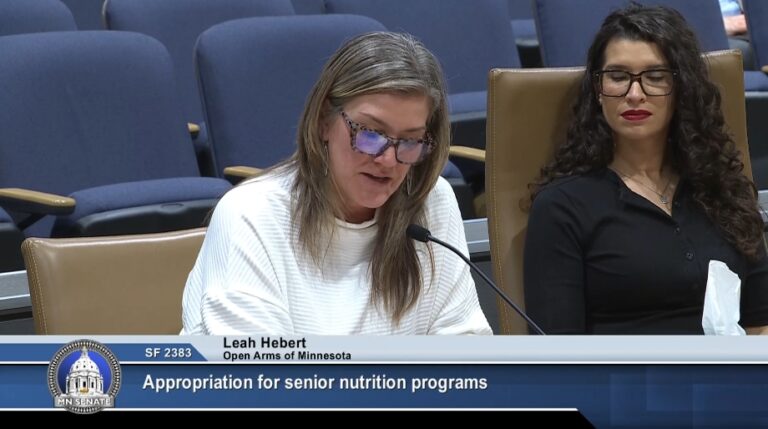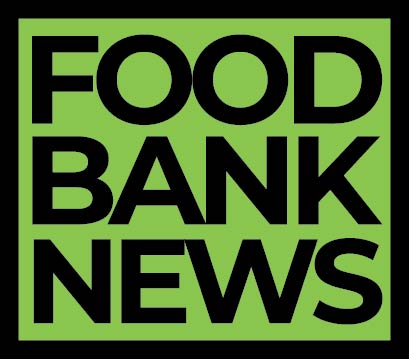Brianna Elliott, MS, RD, LD – OAM Nutrition Services Coordinator
Laura Tripp – 2018 Summer Meals Intern

Whole grains, multigrain, enriched grains, refined grains? What’s the difference?
Every grain consists of three major components: the bran, the germ and the endosperm. Refined grains have had one or more of these components removed, making them lower in fiber and nutrients. It is important to focus your grain consumption on mostly whole grains because these are more nutritious. September is Whole Grains Month, so let’s celebrate by learning a little bit about them!
Here at Open Arms, we focus on providing whole grains in every delivery. Our clients might receive brown rice or quinoa as a side. Our sandwich buns and desserts can also be made with whole grains. We provide these in an effort to ensure our clients get the health benefits whole grains offer.
Health benefits of whole grains
Whole grains are an important source of many vitamins, minerals and other nutrients!
- Fiber helps keep our gut healthy by keeping our digestive system regular, promotes feelings of fullness (helping to maintain weight) and reduces the risk of heart disease, obesity and type 2 diabetes.
- B Vitamins support our metabolism (so we get energy from what we eat!).
- Iron assists in carrying oxygen through the body.
- Magnesium encourages bone growth and promotes muscle and heart health.
- Selenium acts as an antioxidant in the body and boosts the immune system.
- Protein is necessary for growth and the proper functioning and maintenance of our tissues and organs.
Tips for incorporating more whole grains into your diet
- Read those labels! Check out the ingredient list on breads, bagels, pastas, tortillas and other grain-based foods that you purchase from the store. Pick up the products with “whole” or “whole-grain” listed before the type of grain and as one of the first ingredients. Warning: bread may be labeled with “7 grain” or “multigrain,” but those tricky advertisements do not necessarily mean they are made with whole grains.
- Start early. Try a new breakfast cereal, toast or bagel that has “whole-wheat flour” listed as the first or one of the first ingredients. Starting your day with these fiber-rich options will help you to feel satisfied for a longer period of time. Oatmeal is another great whole-grain option to start your morning.
- Make the switch. Switch half (or more!) of the white flour to whole-wheat flour in your favorite cookie or bread recipe.
- Sub that side. Substitute white rice with brown rice, wild rice or quinoa.
- Try new snacks. Incorporate whole grains into your snacking. Popcorn, whole-wheat crackers or pretzels make for great noshing.
Want to try a delicious fall recipe full of whole-grain goodness? Check out this farro risotto recipe>>







